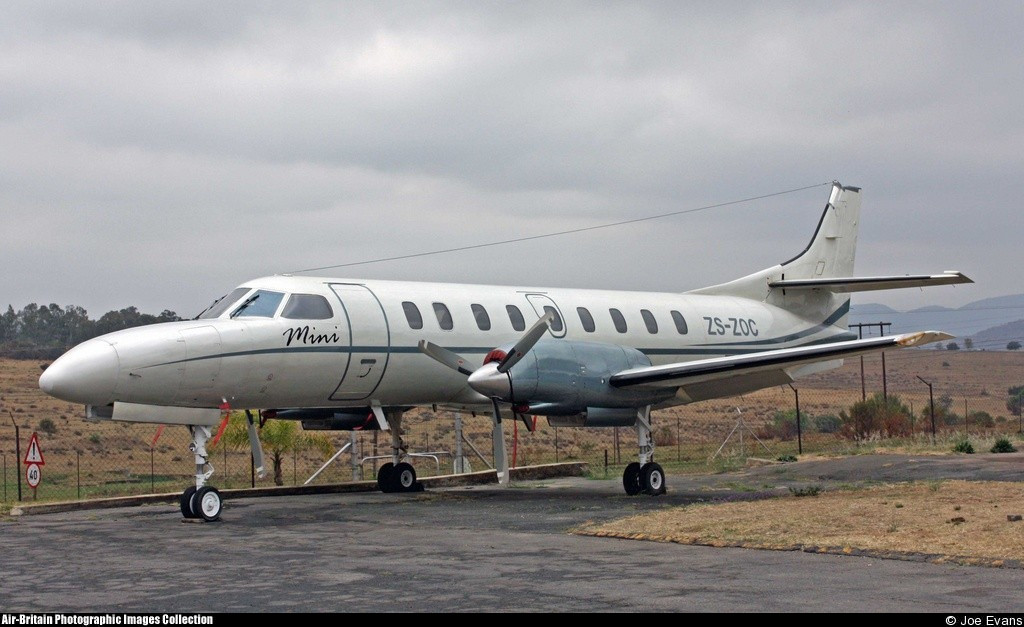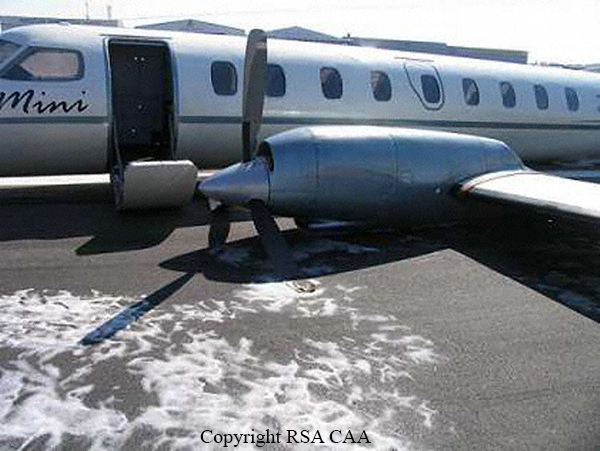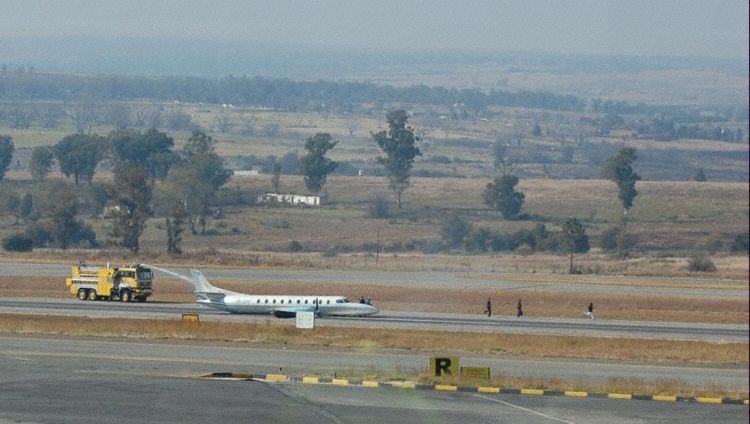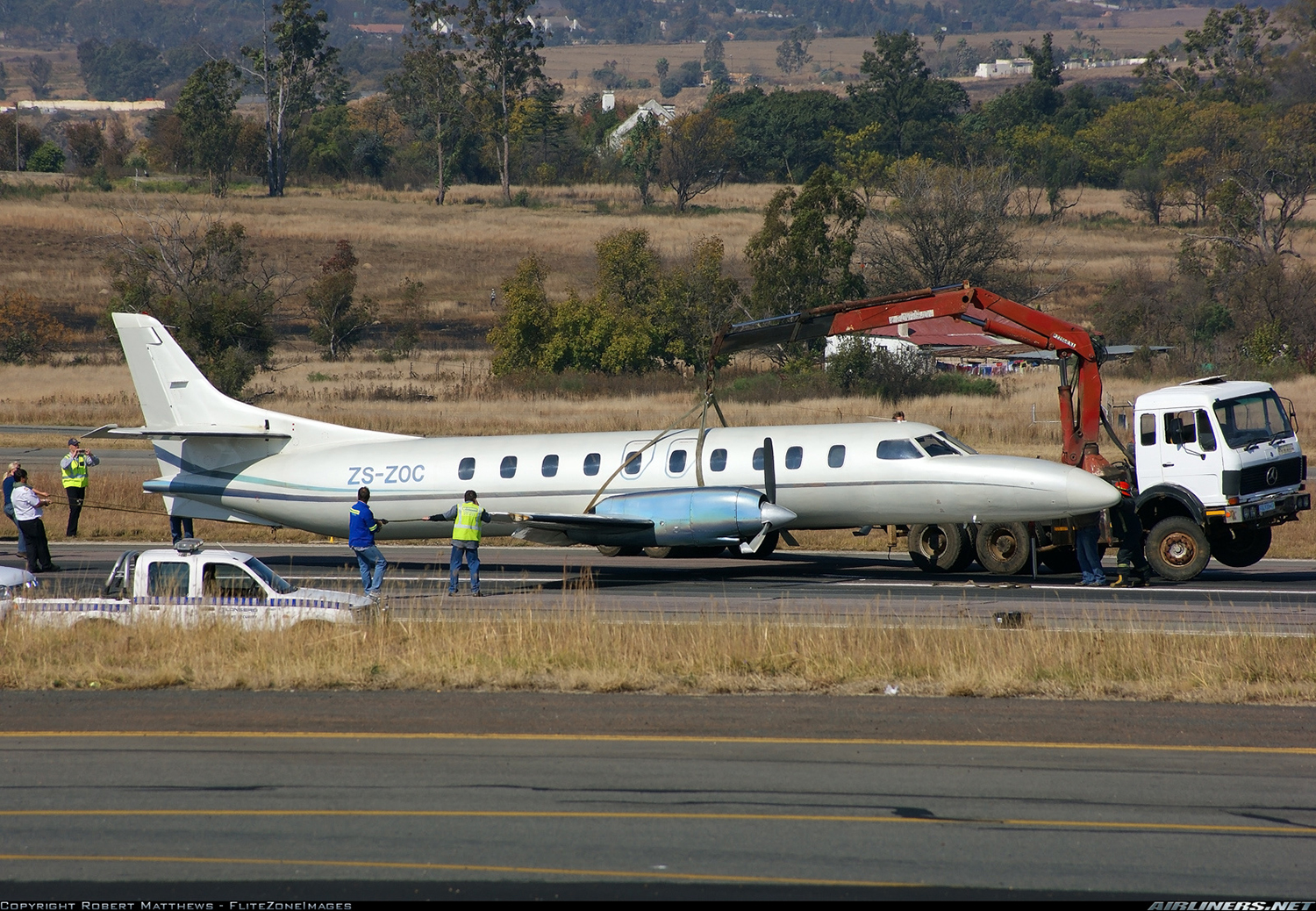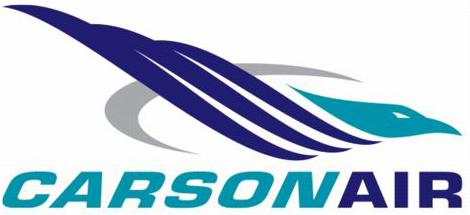Country
Crash of a Swearingen SA226TC Metro II in Denver
Date & Time:
May 12, 2021 at 1023 LT
Registration:
N280KL
Survivors:
Yes
Schedule:
Salida – Denver
MSN:
TC-280
YOM:
1978
Flight number:
LYM970
Crew on board:
1
Crew fatalities:
Pax on board:
0
Pax fatalities:
Other fatalities:
Total fatalities:
0
Captain / Total hours on type:
2656.00
Aircraft flight hours:
29525
Circumstances:
A Cirrus SR22 and a Swearingen AS226TC were approaching to land on parallel runways and being controlled by different controllers on different control tower frequencies. The pilot of the Swearingen was established on an extended final approach for the left runway, while the pilot of the Cirrus was flying a right traffic pattern for the right runway. Data from an on-board recording device showed that the Cirrus’ airspeed on the base leg of the approach was more than 50 kts above the manufacturer’s recommended speed of 90 to 95 kts. As the Cirrus made the right turn from the base leg to the final approach, its flight path carried it through the extended centerline for the assigned runway (right), and into the extended centerline for the left runway where the collision occurred. At the time of the collision, the Cirrus had completed about ½ of the 90° turn from base to final and its trajectory would have taken it even further left of the final approach course for the left runway. The pilot of the Swearingen landed uneventfully; the pilot of the Cirrus deployed the airframe parachute system, and the airplane came to rest upright about 3 nautical miles from the airport. Both airplanes sustained substantial damage to their fuselage. During the approach sequence the controller working the Swearingen did not issue a traffic advisory to the pilot regarding the location of the Cirrus and the potential conflict. The issuance of traffic information during simultaneous parallel runway operations was required by Federal Aviation Administration Order JO 7110.65Y, which details air traffic control procedures and phraseology for use by persons providing air traffic control services. The controller working the Cirrus did issue a traffic advisory to the Cirrus pilot regarding the Swearingen on the parallel approach. Based on the available information, the pilot of the Cirrus utilized a much higher than recommended approach speed which increased the airplane’s radius of turn. The pilot then misjudged the airplane’s flight path, which resulted in the airplane flying through the assigned final approach course and into the path of the parallel runway. The controller did not issue a traffic advisory to the pilot of Swearingen regarding the location of the Cirrus. The two airplanes were on different tower frequencies and had the controller issued an advisory, the pilot of the Swearingen may have been able to identify the conflict and maneuver his airplane to avoid the collision.
Probable cause:
The Cirrus pilot’s failure to maintain the final approach course for the assigned runway, which resulted in a collision with the Swearingen which was on final approach to the parallel runway. Contributing to the accident was the failure of the controller to issue a traffic advisory to the Swearingen pilot regarding the location of Cirrus, and the Cirrus pilot’s decision to fly higher than recommended approach speed which resulted in a larger turn radius and contributed to his overshoot of the final approach course.
Final Report:




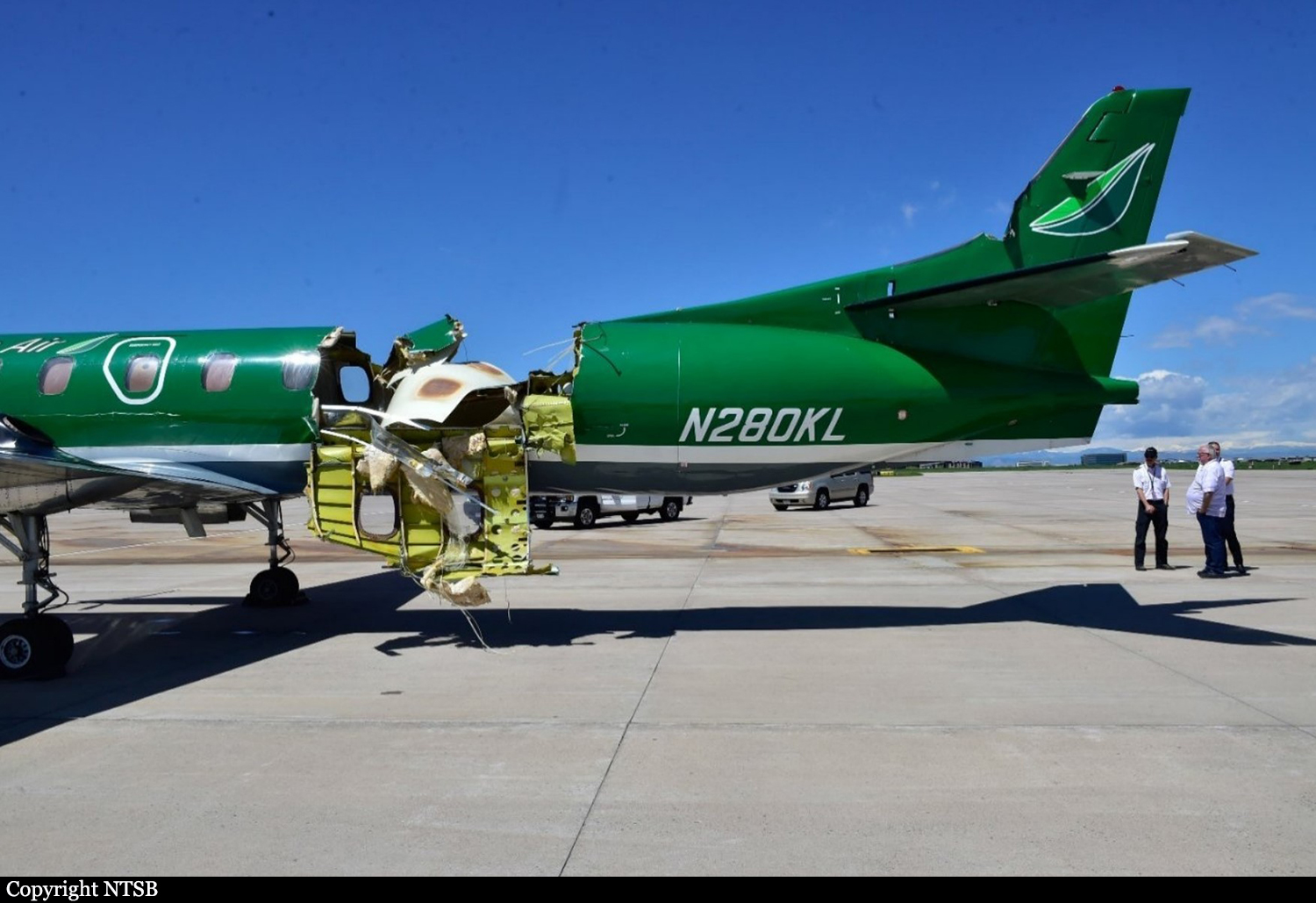
Crash of a Swearingen SA226TC Metro II in Querétaro: 5 killed
Date & Time:
Jun 2, 2015 at 1425 LT
Registration:
XA-UKP
Survivors:
No
Schedule:
Santiago de Querétaro - Santiago de Querétaro
MSN:
TC-376
YOM:
1980
Crew on board:
2
Crew fatalities:
Pax on board:
3
Pax fatalities:
Other fatalities:
Total fatalities:
5
Captain / Total hours on type:
3731.00
Copilot / Total hours on type:
117
Aircraft flight hours:
26985
Aircraft flight cycles:
37207
Circumstances:
The twin engine aircraft was engaged in a post-maintenance test flight out from Santiago de Querétaro Airport, carrying three engineers and two pilots. It departed runway 09 at 1421LT and the crew was cleared to climb to FL125. While approaching the altitude of 12,000 feet, the aircraft entered an uncontrolled descent and crashed on a motorway located 11 km southwest of the airport, bursting into flames. The aircraft was totally destroyed by impact forces and a post crash fire and all five occupants were killed.
Probable cause:
Loss of control of the aircraft in flight for undetermined reasons. No mechanical failure was found on the aircraft and its components that could affect the normal operation of the airplane.
The following findings were identified:
- Lack of coordination and effective communication between ground staff and flight crew,
- Lack of adequate supervision of operations by the operator,
- Lack of a safety culture of the operator.
The following findings were identified:
- Lack of coordination and effective communication between ground staff and flight crew,
- Lack of adequate supervision of operations by the operator,
- Lack of a safety culture of the operator.
Final Report:




Crash of a Swearingen SA226TC Metro II on Mt Seymour: 2 killed
Date & Time:
Apr 13, 2015 at 0708 LT
Registration:
C-GSKC
Survivors:
No
Schedule:
Vancouver – Prince George – Dawson Creek – Fort Saint John
MSN:
TC-235
YOM:
1977
Flight number:
CA066
Crew on board:
2
Crew fatalities:
Pax on board:
0
Pax fatalities:
Other fatalities:
Total fatalities:
2
Captain / Total hours on type:
1890.00
Copilot / Total hours on type:
57
Aircraft flight hours:
33244
Circumstances:
On 13 April 2015, Carson Air Ltd. flight 66 (CA66), a Swearingen SA226-TC Metro II (registration C-GSKC, serial number TC-235), departed Vancouver International Airport (CYVR), British Columbia, with 2 pilots on board for an instrument flight rules flight to Prince George, British Columbia. At 0709 Pacific Daylight Time (PDT), approximately 6 minutes after leaving Vancouver, the aircraft disappeared from air traffic control radar while climbing through an altitude of 8700 feet above sea level in instrument meteorological conditions, about 4 nautical miles north of the built-up area of North Vancouver. Deteriorating weather conditions with low cloud and heavy snowfall hampered an air search; however, aircraft wreckage was found on steep, mountainous, snow-covered terrain by ground searchers at approximately 1645 PDT. The aircraft had experienced a catastrophic in-flight breakup. Both pilots were fatally injured, and the aircraft was destroyed. Although the aircraft’s 406-megahertz emergency locator transmitter activated, the antenna was damaged and no signal was received by the Cospas-Sarsat (international satellite system for search and rescue). The accident occurred during daylight hours.
Probable cause:
Findings as to causes and contributing factors:
1. For unknown reasons, the aircraft descended in the direction of flight at high speed until it exceeded its structural limits, leading to an in-flight breakup.
2. Based on the captain’s blood alcohol content, alcohol intoxication almost certainly played a role in the events leading up to the accident.
Findings as to risk:
1. If cockpit or data recordings are not available to an investigation, the identification and communication of safety deficiencies to advance transportation safety may be precluded.
2. If Canadian Aviation Regulations Subpart 703 operators are not required to have a Transport Canada–approved safety management system, which is assessed on a regular basis, there is a risk that those companies will not have the necessary processes in place to manage safety effectively.
3. If safety issues, such as concerns related to drug or alcohol abuse, are not reported formally through a company’s safety reporting system, there is a risk that hazards will not be managed effectively.
4. Transport Canada’s Handbook for Civil Aviation Medical Examiners(TP 13312) does not address the complete range of conditions that may be affected by drug or alcohol dependence. As a result, there is an increased risk that undisclosed cases of drug or alcohol dependence in commercial aviation will go undetected, placing the travelling public at risk.
5. If there is no regulated drug- and alcohol-testing requirement in place to reduce the risk of impairment of persons while engaged in safety-sensitive functions, employees may undertake these duties while impaired, posing a risk to public safety.
1. For unknown reasons, the aircraft descended in the direction of flight at high speed until it exceeded its structural limits, leading to an in-flight breakup.
2. Based on the captain’s blood alcohol content, alcohol intoxication almost certainly played a role in the events leading up to the accident.
Findings as to risk:
1. If cockpit or data recordings are not available to an investigation, the identification and communication of safety deficiencies to advance transportation safety may be precluded.
2. If Canadian Aviation Regulations Subpart 703 operators are not required to have a Transport Canada–approved safety management system, which is assessed on a regular basis, there is a risk that those companies will not have the necessary processes in place to manage safety effectively.
3. If safety issues, such as concerns related to drug or alcohol abuse, are not reported formally through a company’s safety reporting system, there is a risk that hazards will not be managed effectively.
4. Transport Canada’s Handbook for Civil Aviation Medical Examiners(TP 13312) does not address the complete range of conditions that may be affected by drug or alcohol dependence. As a result, there is an increased risk that undisclosed cases of drug or alcohol dependence in commercial aviation will go undetected, placing the travelling public at risk.
5. If there is no regulated drug- and alcohol-testing requirement in place to reduce the risk of impairment of persons while engaged in safety-sensitive functions, employees may undertake these duties while impaired, posing a risk to public safety.
Final Report:
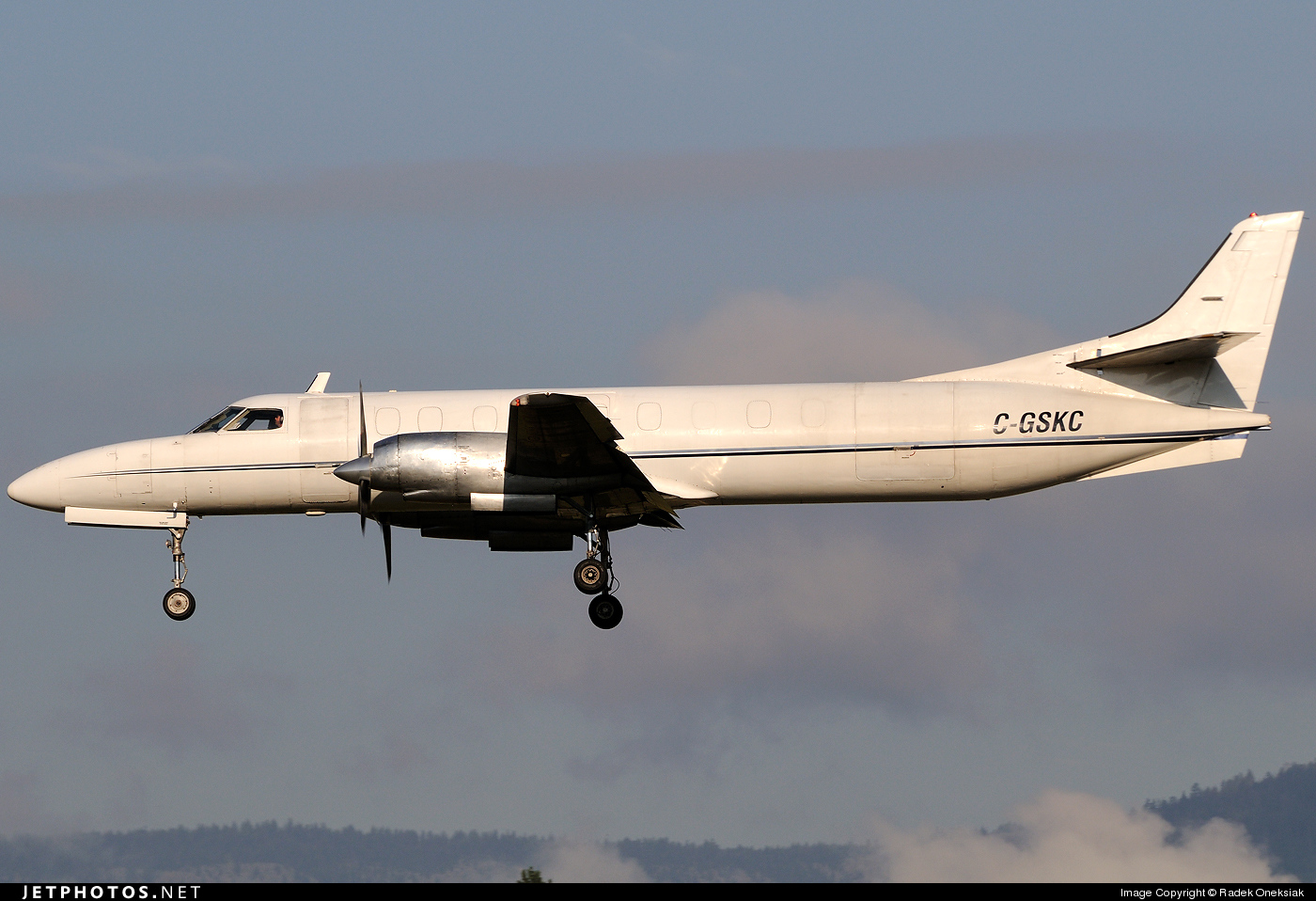
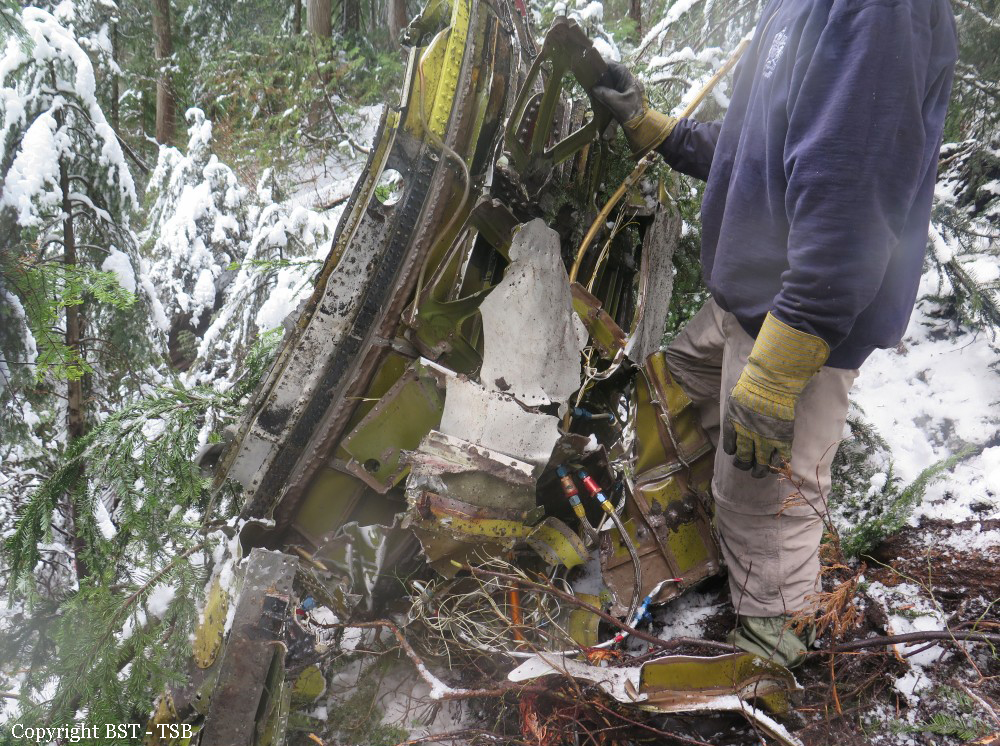
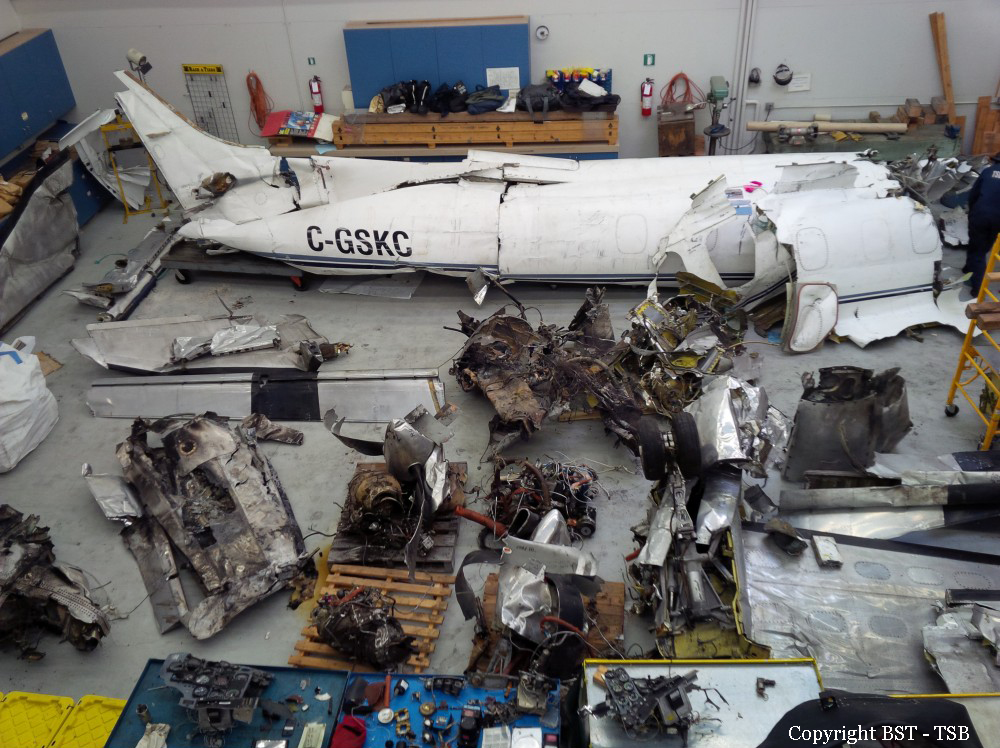
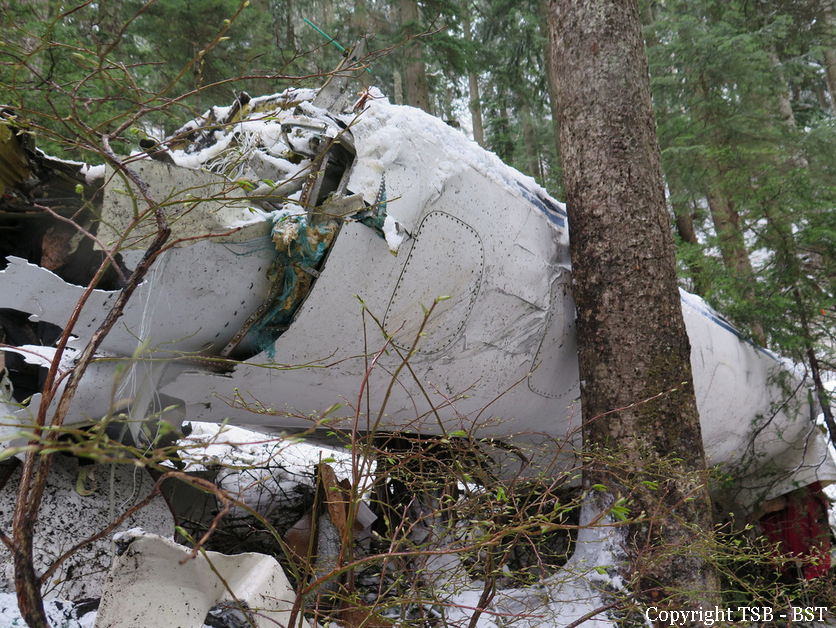

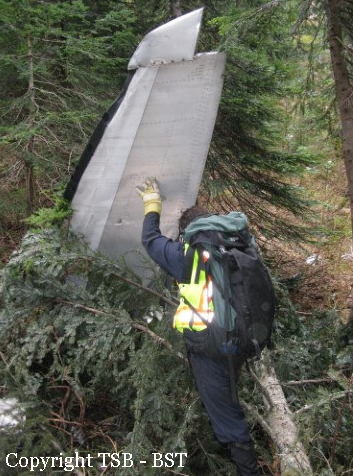
Crash of a Swearingen SA226TC Metro II in Lanseria
Date & Time:
Jun 13, 2010 at 1100 LT
Registration:
ZS-ZOC
Survivors:
Yes
Schedule:
Lanseria – Polokwane
MSN:
TC-293
YOM:
1979
Crew on board:
2
Crew fatalities:
Pax on board:
13
Pax fatalities:
Other fatalities:
Total fatalities:
0
Captain / Total hours on type:
400.00
Copilot / Total hours on type:
35
Aircraft flight hours:
27532
Aircraft flight cycles:
27353
Circumstances:
Two flight crew members accompanied by thirteen passengers departed from FALA to FAPP. The flight was uneventful until during the approach to land on Runway 05 at FAPP. The flight crew selected landing gear down and observed a red light which indicate undercarriage unsafe. The flight crew reported the situation to FAPP Air Traffic Control (ATC). FAPP ATC gave instruction to do a missed approach at low level fly-past. The intention was to conduct a visual inspection of the undercarriage to determine its condition. The ATC observed that the left main gear had not extended. FAPP ATC gave an instruction to the flight crew, to hold over the beacon (BHV), where they could attempt to extend the gear by means of normal and emergency procedure. The flight crew was not successful and undercarriage remained retracted. The flight crew returned to FALA with the intention to carry out an emergency landing. FALA ATC give instructions to the flight crew to hold over the beacon (LIV), to again attempt the normal and emergency undercarriage extension procedures. But jet again; the flight crew was unsuccessful to lower the left main gear. ATC then instructed that the aircraft should execute the emergency landing on Runway 24R. During short finals overhead the threshold, prior to touchdown, the flight crew shut down both engines, feathered the propellers and switched off all the electronics. The aircraft landed and came to a gradual stop on its lower fuselage on the centreline of the runway.
Probable cause:
The pilot executed a belly “wheels up” emergency landing after the left main landing gear failed to extend.
Contributory Factors:
The new tyres installed on the main landing gear wheels were not in compliance with the instructions of the Fairchild Service Letter 226-SN-131.
Contributory Factors:
The new tyres installed on the main landing gear wheels were not in compliance with the instructions of the Fairchild Service Letter 226-SN-131.
Final Report:
